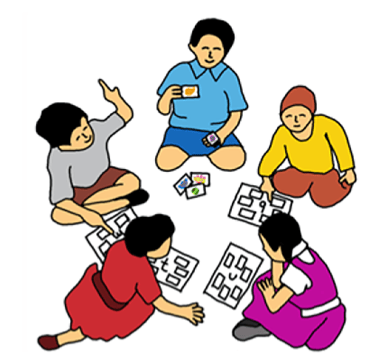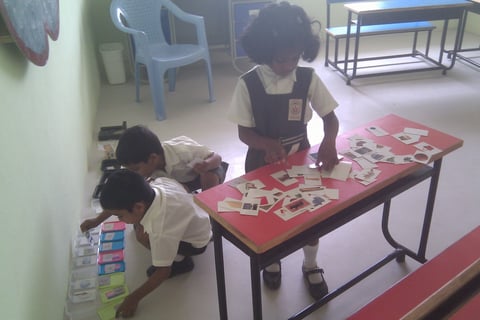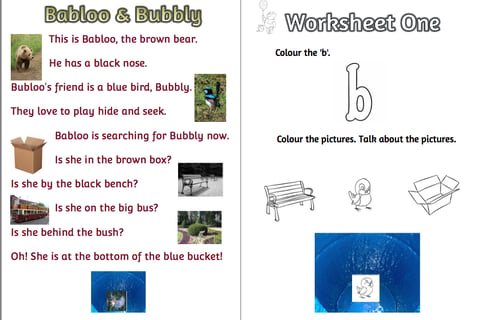Phonics
PHONICS


Teaching Phonics, playing Phonics games with children offline or online and helping them start reading CVC words is important to start the children on a reading programme.
Teaching any language should begin with oral communication activities followed by the teaching of phonics. Story books are used for oral communication activities at the initial stages and later for reading practice.
Teaching through the phonics method helps children learn the sound letter association, learn to guess the pronunciation of unknown words, read better and spell better.
In English the 26 letters of the alphabet are associated with 44 sounds. Instead of making the children learn the name of the letters it will be better to teach them the sounds the letters are associated with.
Basic Consonants
The initial consonants are taught first, not in alphabetical order. For example, /b/ is taught first because there are many words such as 'a book', 'a box', etc. the children are familiar with. Using the known words the sound /b/ is introduced and it is said as 'ba' and not 'bi'. In the same way 'c' is introduced as /k/ and not as 'see'.
Once the individual sounds are introduced, children are asked to participate in categorization activities.
Songs and poems that give practice in 'b' sound are introduced to the children. The whole activity is made contextual, enjoyable and done in a relaxed manner. Children should not feel the tension of learning one isolated sound. Everything should be in context and presented in a relaxed natural manner.






Initially the teacher narrates the story and asks a few questions as part of natural interaction and the learners repeat the words beginning with the 'b' sound. At a later stage they will be able to read the stories on their own.
